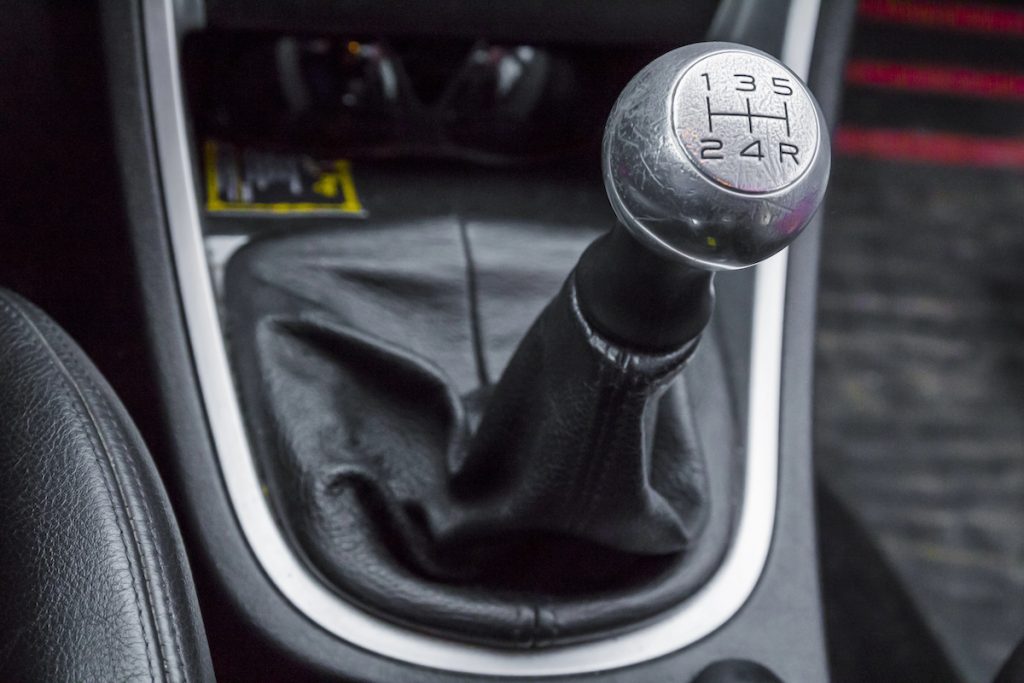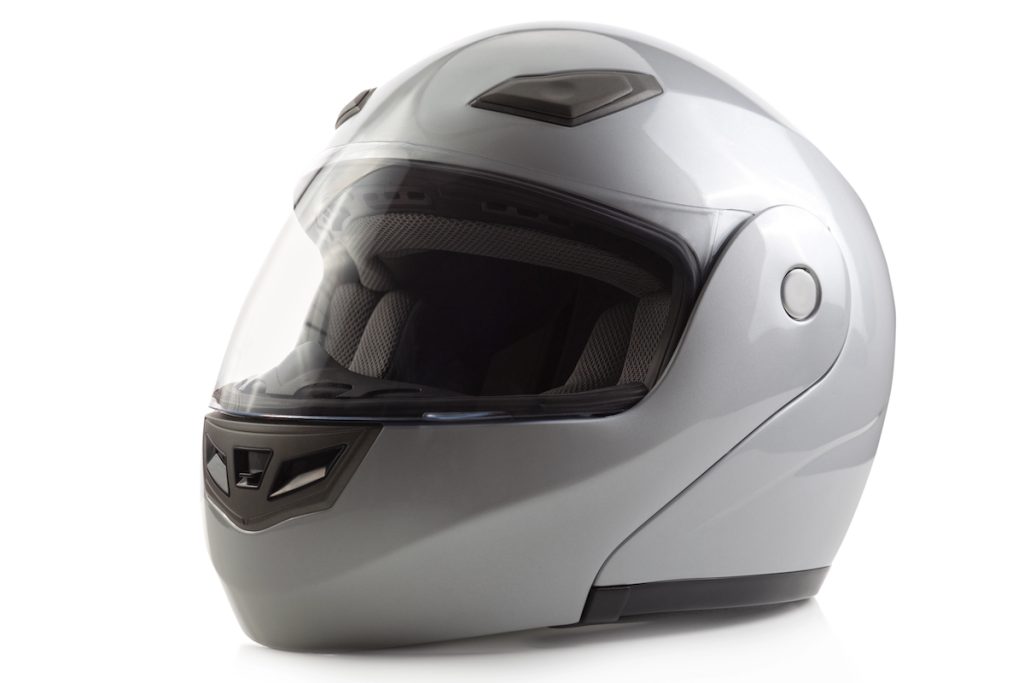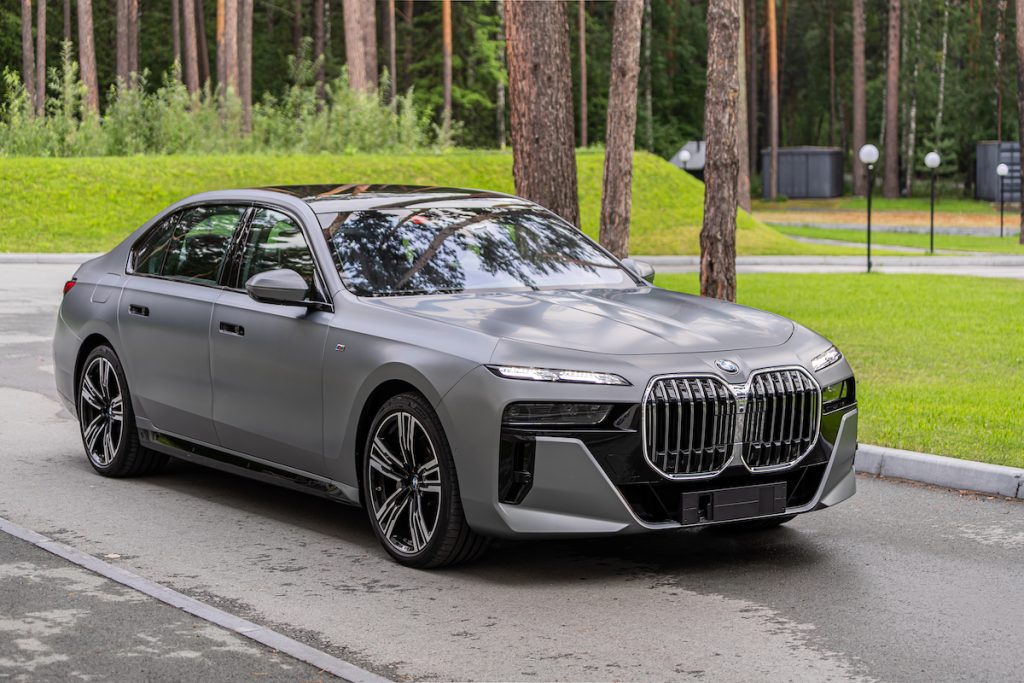Learning how to drive manual car can feel intimidating at first, especially if you’re used to automatics. Yet once you understand the rhythm between clutch, gear, and throttle, it becomes second nature. Many new drivers struggle with stalls and jerky starts, but with practice and patience, you’ll master smooth, confident control — here’s how to make it happen.
Understand the Clutch System

The first step in how to drive manual car is understanding how the clutch works. The clutch connects and disconnects the engine from the transmission. When you press it, you temporarily halt power flow so you can change gears. Mastering clutch control helps you shift smoothly, prevent stalling, and extend your vehicle’s transmission life.
Learn Gear Positions

Before driving, memorize your gear layout — it’s key to knowing how to drive manual car. Typically, first gear is located at the top left, and reverse is at the bottom right. Familiarize yourself with the pattern while the engine’s off. This builds muscle memory, allowing quick, precise shifts when you’re actually driving and minimizing mistakes during real-time operation.
Start the Engine Smoothly

To start learning how to drive manual car, press the clutch fully before turning the ignition. This prevents lurching. Keep the car in neutral and release the handbrake only when ready. Starting smoothly ensures your engine runs without jerking, and you gain confidence managing clutch and brake coordination during your initial drives.
Master the “Bite Point”

The bite point is crucial when learning how to drive manual car. It’s the spot where the clutch starts to engage and the car begins to move forward. Finding this point requires balancing clutch release and gentle throttle. Practice this slowly — too much gas causes jerks; too little causes stalling. Precision builds confidence.
Related: 15 Most Expensive Motorcycles
Practice Smooth Acceleration

Smooth acceleration defines how to drive manual car effectively. After finding the bite point, gradually release the clutch while gently pressing the gas. Avoid rushing the process — jerky starts damage the clutch and waste fuel. Developing a steady foot on both pedals will help you transition through gears effortlessly while maintaining car balance.
Related: 17 BMW Vs Mercedes Comparisons Every Car Lover Must See
Shift Gears at the Right RPM

An essential part of how to drive manual car is knowing when to shift. Most manuals require shifting between 2,500–3,000 RPMs for efficiency. Upshift for acceleration and downshift for braking. Shifting too early strains the engine; too late burns extra fuel. Smooth, timely shifts improve driving performance and protect your vehicle’s transmission.
Related: 17 Big Cars For Family That Are Stylish And Practical
Downshift Correctly
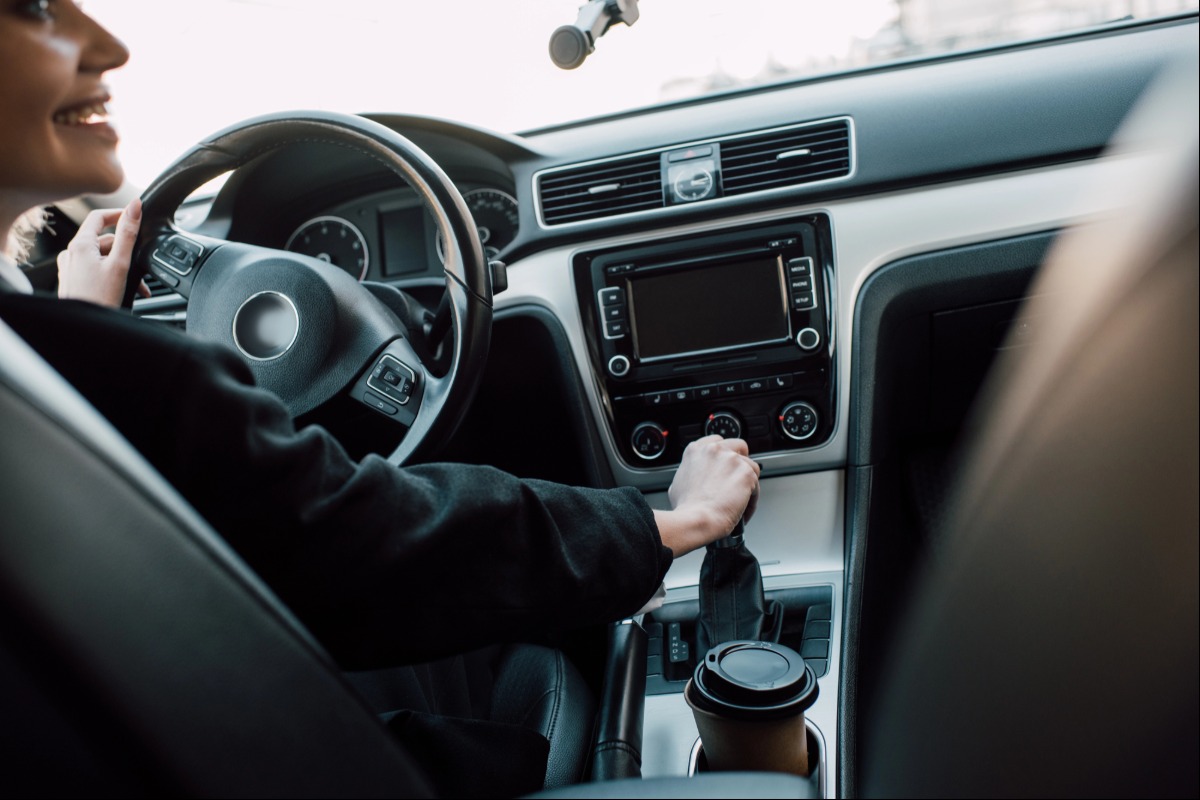
In learning how to drive manual car, downshifting helps maintain speed control on descents or before stops. Press the clutch, shift to a lower gear, and release smoothly while adding light throttle. This keeps the car stable and prevents abrupt jerks. Mastering downshifting improves fuel efficiency, especially in city or hilly driving conditions.
Related: 16 Things You Need For Your Car Before Your Next Road Trip
Avoid Riding the Clutch

A key tip in how to drive manual car is avoiding clutch overuse. Resting your foot on the pedal even slightly causes friction and premature wear. Keep your foot off the clutch when cruising or stopped. This simple habit extends clutch life, saves repair costs, and promotes more efficient, smoother manual driving habits.
Related: 15 Car Wallpaper For PC That Look Like Art
Use the Handbrake on Hills

When learning how to drive manual car on inclines, the handbrake prevents rollback. Engage it while pressing the clutch and gas; release gradually as the car bites forward. This technique gives you control when starting uphill. It’s essential for confidence and safety, especially during steep urban or mountain drives where balance matters most.
Related: 20 Stunning BMW Wallpapers For Laptop Every Fan Needs
Listen to the Engine

A pro trick in how to drive manual car is listening to engine sounds. High revs mean it’s time to upshift; low rumbling suggests downshifting. Relying on sound rather than just the tachometer helps develop intuition. Experienced manual drivers often shift purely by sound — it becomes an effortless, natural rhythm over time.
Related: How To Clean Inside Windshield Of Car Without Streaks
Perfect Your Stops

Stopping smoothly is part of mastering how to drive manual car. Press the clutch fully before braking to prevent stalling. When stopped, shift to neutral and release the clutch. This reduces strain on your transmission and keeps your engine idling properly. Practicing smooth stops ensures comfort and control in city traffic conditions.
Related: How To Remove Scratches From Car Fast
Reverse with Control

Reversing safely is another skill in how to drive manual car. Press the clutch, shift into reverse, and release slowly until the car moves backward. Avoid sudden throttle or fast releases — that causes jerks. Small, steady adjustments give you precise movement, especially when parking or maneuvering in tight spaces. Patience ensures accuracy.
Related: How To Ride A Motorcycle Like A Pro
Practice in Open Spaces

When mastering how to drive manual car, start in an empty parking lot or open area. It lets you practice clutch engagement, gear changes, and stops without pressure. Consistent repetition builds reflexes. Once comfortable, transition to light traffic. Gradual exposure helps reduce stress and prepares you for real-world driving confidently and safely.
Related: 15 Ford vs Ferrari Aesthetic Moments That Belong In A Movie
Learn Engine Braking

Engine braking is a smart way to control speed while learning how to drive manual car. Release the gas and downshift without pressing the clutch immediately. The engine’s resistance slows the car naturally. This reduces brake wear, enhances control, and helps maintain stability on downhill stretches or during sudden traffic slowdowns.
Related: 20 Fastest Cars In The World Ranked By Speed
Build Confidence Gradually

Confidence comes with repetition when learning how to drive manual car. Every stall or mistake teaches better coordination. Focus on smooth starts, steady shifts, and calm reactions. Practice often, stay patient, and celebrate small progress. Over time, your coordination becomes instinctive, transforming manual driving from challenging to second nature behind the wheel.
Related: 18 Most Expensive Mercedes Benz Models Ever Made
Mastering how to drive manual car takes patience, rhythm, and control. By understanding clutch balance, proper gear timing, and smooth acceleration, you’ll soon drive like a pro. Regular practice in safe environments builds muscle memory and confidence. Whether for fuel savings, performance, or sheer driving enjoyment, learning manual gives you full control — and a deeper connection with your car.
Disclaimer: This list is solely the author’s opinion based on research and publicly available information.
17 Car Accessories For Moms That Make Life Easier

Juggling kids, errands, and daily responsibilities can make any mom’s car feel like a second home. That’s why finding the right tools to keep everything organized, clean, and functional matters.
Read it here: 17 Car Accessories For Moms That Make Life Easier
15 Best Hybrid Cars That Save Gas And Look Stylish

Drivers today want efficiency without giving up good looks, which is why the best hybrid cars are so appealing. These vehicles pair fuel savings with sleek, modern designs that turn heads on the road.
Read it here: 15 Best Hybrid Cars That Save Gas And Look Stylish
15 Under Bed Camper Storage Hacks Every Traveler Needs
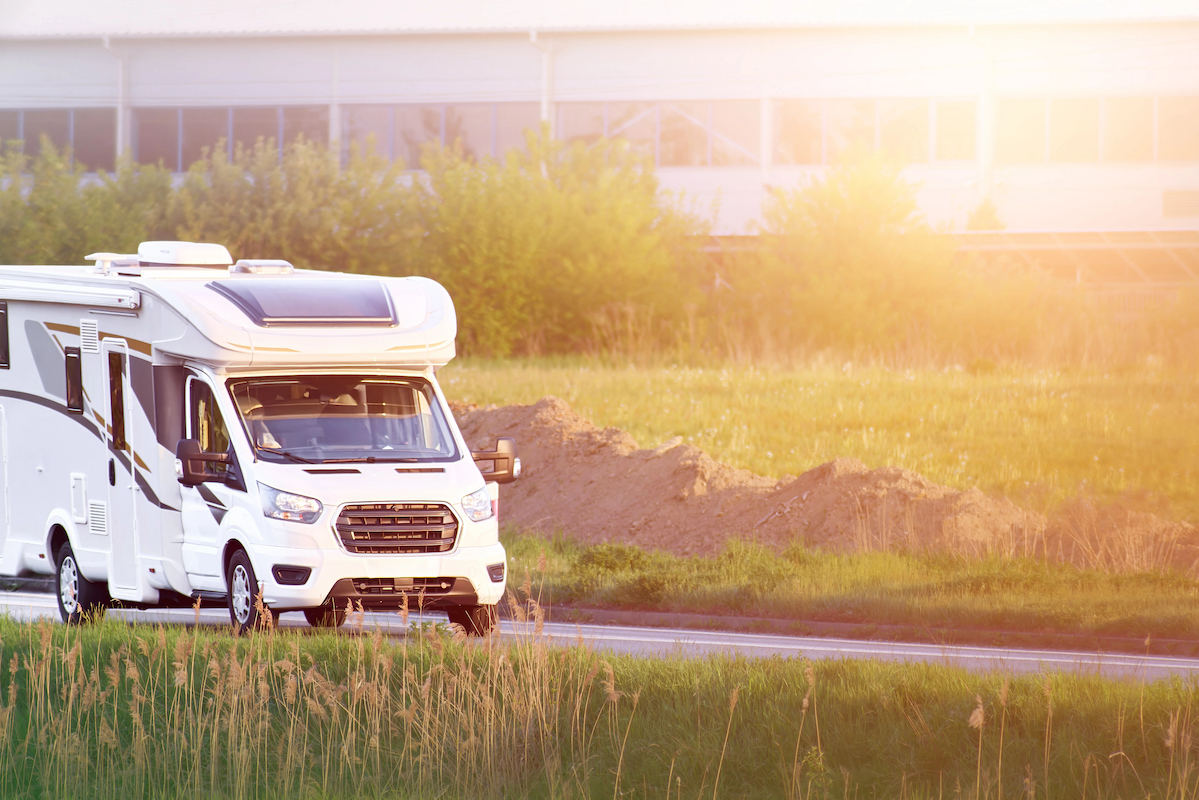
Traveling in a camper means making the most of every inch, and under bed camper storage is one of the smartest spaces you can maximize. With the right hacks, this overlooked area can hold essentials neatly and efficiently.
Read it here: 15 Under Bed Camper Storage Hacks Every Traveler Needs
You’ll love these related posts:
